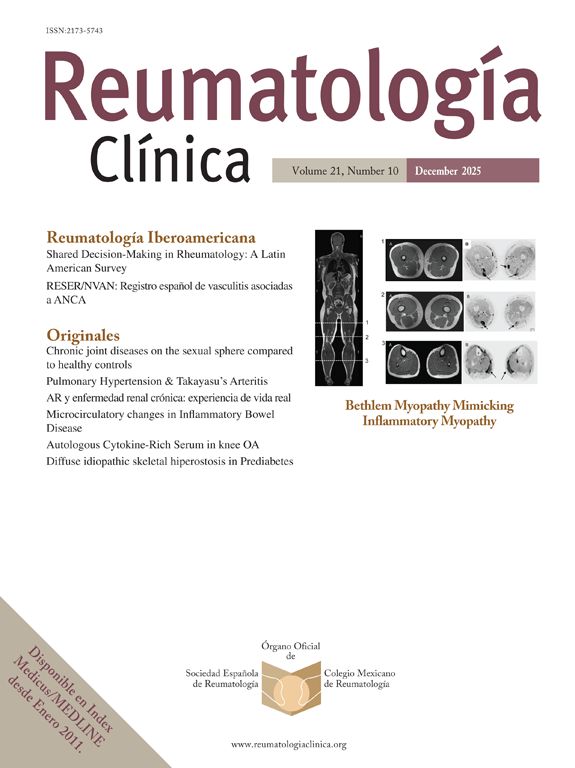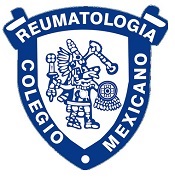A 28-year-old female was referred for bilateral thigh pain for the past six months. She had history of five first trimester abortions of non-consanguineous marriage, Abortus 5. Of the five, two were induced for skeletal anomalies – campomelic dysplasias. On examination, she was short statured (<3rd centile), with abnormal dentition (Fig. 1a), skeletal anomalies – dolichocephaly, pectus carinatum, genu recurvatum, and bilateral pes planus. The cornea was surrounded by a blue sclera (Fig. 1b). There was no muscle tenderness or arthritis. X-ray thigh antero-posterior view showed inward bowing and sclerosis of middle one-third of both femur. Computed tomography of thigh showed (Fig. 1f) diffuse sclerotic changes involving lateral aspects of metaphysis and diaphysis in bilateral femur. Metabolic bone profiling, including, serum calcium, phosphorus, alkaline phosphatase, vitamin D, and parathormone was normal. Based on the clinical clues, possibility of collagen disorder was considered and suggested genetic testing. The genetic analysis showed a heterozygous mutation at exon 5 of COL1A1 gene c.1678 G>A with autosomal dominant pattern of inheritance of osteogenesis imperfecta. Dual energy X-ray absorptiometry revealed a T score of −2.7 at hip and −3.3 at spine. On screening her family members, dentinogenesis imperfecta (Fig. 1c), blue sclera (Fig. 1d), and osteoporosis were seen in her mother with a healthy sibling. The index case has presented with a deforming OI with blue sclera, no pathological fractures and currently remains unclassifiable as per Sillence classification 2012. Differential diagnosis includes Ehlers-Danlos, Loeys-Dietz and joint hypermobility syndrome. Common clinical features shared include joint laxity, osteopenia and blue sclera. However, they differ in the genetic defect causing them.1 She was treated with NSAIDS, braces to offload, targeted muscle strengthening, and joint stretching exercises. Geneticist consultation has been obtained and patient is being followed up. Pain VAS scale has reduced from 8 to 4.
Clinical images of OI. (a) Permanent dentition showing enamel mottling and severe attrition along with dental decay suggestive of amelogenesis imperfecta, translucent enamel; (b) blue sclera; (c) permanent dentition showing discolouration of teeth suggestive of dentinogenesis imperfecta; (d) blue sclera; (e) genu recurvatum; (f) inward bowing of femur with osteosclerosis.
The authors declare that they have no conflict of interest.








